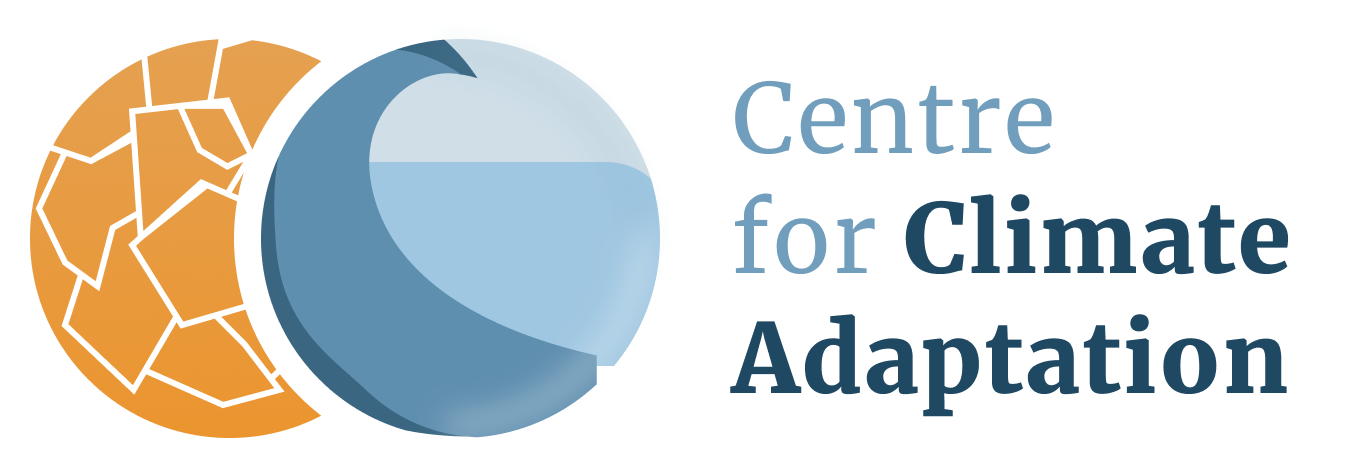- Home
- Countries
- Montenegro
- Agriculture and Horticulture
Montenegro
Agriculture and Horticulture
Agriculture and horticulture in numbers
Montenegro
Agricultural land covers 37% of the total national territory of Montenegro. Agriculture is an important economic sector. During the period 2005 – 2008, the share of primary agricultural production in GDP was at the level of about 9-10% (9).
Over 60% of agricultural land in the country is used for grazing of relatively small holdings of livestock and this figure rises to over 85% if one takes into account meadows where grazing occurs (all numbers refer to 2008). The next largest category of land use is fields and garden, which utilizes about 9% of the agricultural land with vegetable gardens and field crops, including fodder for domestic livestock. About 40% of this category (arable land) is devoted to fodder crops, 18% consists of vegetable gardens, and only 11% is devoted to growing cereals, such as wheat, barley, oats and maize. Finally, orchards and vineyards, located largely in the southern part of the country running from Podgorica to the sea, constitute about 3% of the total agricultural land. This area is partially irrigated and target for expansion over the coming decades, primarily for export. It includes table and wine grape production, and other fruit crops (10).
Montenegro can be divided into 5 areas according to the specific characteristics and conditions for the development of agriculture (the percentages of total agricultural land refer to the situation in 2003) (9):
- The coastal region (9.8% of total agricultural land area) of fertile agricultural land, suitable for fruit and vegetable production and for breeding of small ruminants, and abundant with honey-bearing, aromatic and medicinal herbs and wild fruits.
- The Zeta-Bjelopavlići region (15.3% of total agricultural land area) is the lowland region up to 200 m above sea level, suitable for various types of production (farming, fruits-vineyards, livestock).
- The karst region (14.3% of total agricultural land area) lies at elevations of up to 700-800 m. The arable land is scarce and is mainly located in the karst fields, karst funnel-shaped depressions and small valleys, whereas arid areas dominate. The most important agricultural sectors are livestock breeding (especially goats and sheep, and then the cattle) and beekeeping.
- The northern-mountainous region (35% of total agricultural land area) is characterized by numerous plateaus and highland; it is suitable for growing cereals, potatoes and brassicas, as well as for the development of livestock breeding due to large areas of meadows and pastures.
- The Polimsko-Ibar region (25% of total agricultural land area). Fertile land and abundance of springs and running water make this region important for all three branches of agriculture: farming with vegetable growing, fruit growing and animal husbandry.
The most important crops are vegetables and fruits, while commercial production of farm crops (cereals, maize, sugar beet, oilseeds) is almost not represented. Livestock breeding is the most significant branch of agriculture, with a share of more than 60% in total new value (9).
Europe
Agriculture accounts for only a small part of gross domestic production (GDP) in Europe, and it is considered that the overall vulnerability of the European economy to changes that affect agriculture is low (1). However, agriculture is much more important in terms of area occupied (farmland and forest land cover approximately 90 % of the EU's land surface), and rural population and income (2).
Vulnerabilities Montenegro
Summarized, the potential physical impacts of climate change on the agricultural sector in Montenegro are (10):
Increases in CO2 concentrations
- Increase in long term yields of some crops;
- More rapid growth of some particularly noxious weeds;
- Increased competition from these weeds for available resources.
Increases in temperature
- Increases in crop yields (and land productivity), up to a point followed by decreases;
- Increases in productivity of livestock, up to a point followed by decreases;
- Reduced irrigation water supply;
- Increased irrigation water demand;
- Complex effects on weeds, insects;
- Adverse effects on animal health due to heat stress.
Decreases in precipitation
- Decreases in crop yields (and land productivity);
- Decreased irrigation water supply;
- Increased irrigation water demand;
- Complex effects on weeds, insects and animal health.
Increases in magnitude and frequency of extreme events
- Increase in crop damages due to drought, flooding, hale and wind storms;
- Increased crop losses due to flooding;
- Greater livestock loss due to droughts and floods.
- Interactions: higher CO2 and higher temperature (1-30°C):
- Northern part: small positive effects on land productivity and yields;
- Southern part: reductions in land productivity and yields;
- Near future – far future: increasing negative effects on land productivity and yields.
Vulnerabilities Europe - Climate change not main driver
Socio-economic factors and technological developments
Climate change is only one driver among many that will shape agriculture and rural areas in future decades. Socio-economic factors and technological developments will need to be considered alongside agro-climatic changes to determine future trends in the sector (2).
From research it was concluded that socio-economic assumptions have a much greater effect on the scenario results of future changes in agricultural production and land use then the climate scenarios (3).
The European population is expected to decline by about 8% over the period from 2000 to 2030 (4).
Scenarios on future changes in agriculture largely depend on assumptions about technological development for future agricultural land use in Europe (3). It has been estimated that changes in the productivity of food crops in Europe over the period 1961–1990 were strongest related to technology development and that effects of climate change were relatively small. For the period till 2080 an increase in crop productivity for Europe has been estimated between 25% and 163%, of which between 20% and 143% is due to technological development and 5- 20% is due to climate change and CO2 fertilisation. The contribution of climate change just by itself is approximately a minor 1% (5).
Care should be taken, however, in drawing firm conclusions from the apparent lack of sensitivity of agricultural land use to climate change. At the regional scale there are winners and losers (in terms of yield changes), but these tend to cancel each other out when aggregated to the whole of Europe (3).
Future changes in land use
If technology continues to progress at current rates then the area of agricultural land would need to decline substantially. Such declines will not occur if there is a correspondingly large increase in the demand for agricultural goods, or if political decisions are taken either to reduce crop productivity through policies that encourage extensification or to accept widespread overproduction (3).
Cropland and grassland areas (for the production of food and fibre) may decline by as much as 50% of current areas for some scenarios. Such declines in production areas would result in large parts of Europe becoming surplus to the requirement of food and fibre production (3). Over the shorter term (up to 2030) changes in agricultural land area may be small (6).
Although it is difficult to anticipate how this land would be used in the future, it seems that continued urban expansion, recreational areas (such as for horse riding) and forest land use would all be likely to take up at least some of the surplus. Furthermore, whilst the substitution of food production by energy production was considered in these scenarios, surplus land would provide further opportunities for the cultivation of bioenergy crops (3).
Europe is a major producer of biodiesel, accounting for 90% of the total production worldwide (7). In the Biofuels Progress Report (8), it is estimated that in 2020, the total area of arable land required for biofuel production will be between 7.6 million and 18.3 million hectares, equivalent to approximately 8% and 19% respectively of total arable land in 2005.
The agricultural area of Europe has already diminished by about 13% in the 40 years since 1960 (3).
Adaptation strategies
According to the Work Bank, the following adaptation measures hold the greatest promise for Eastern European countries, independent of climate change scenarios (11):
- Technology and management: Conservation tillage for maintaining moisture levels; reducing fossil fuel use from field operations, and reducing CO2 emissions from the soil; use of organic matter to protect field surfaces and help preserve moisture; diversification of crops to reduce vulnerability; adoption of drought‐, flood‐, heat‐, and pest resistant cultivars; modern planting and crop‐rotation practices; use of physical barriers to protect plants and soils from erosion and storm damage; integrated pest management (IPM), in conjunction with similarly knowledge‐based weed control strategies; capacity for knowledge based farming; improved grass and legume varieties for livestock; modern fire management techniques for forests.
- Institutional change: Support for institutions offers countries win‐win opportunities for reducing vulnerability to climate risk and promoting development. Key institutions include: hydromet centers, advisory services, irrigation directorates, agricultural research services, veterinary institutions, producer associations, water‐user associations, agro processing facilities, and financial institutions.
- Policy: Non‐distorting pricing for water and commodities; financial incentives to adopt technological innovations; access to modern inputs; reformed farm subsidies; risk insurance; tax incentives for private investments; modern land markets; and social safety nets.
Weather forecasts
The status of most weather services among Eastern European countries has deteriorated considerably in the last two decades, mainly as a consequence of persistent under‐financing during the arduous transition that followed the end of central planning and the break‐up of the Soviet Union. … The perils of a weakening forecast capacity have become evident in Russia’s system, where the share of hazardous weather phenomena that were not picked up and forecast increased from 6% at the beginning of 1990s to 23% only ten years later. … Increased accuracy in forecasting would assist in the timing of fertilizer application and pest and disease control, avoiding over‐application that raises input costs and exacerbates environmental damage. There is abundant evidence that farmers in Tajikistan, Montenegro, Uzbekistan, and Albania would benefit significantly from improved monitoring and forecasting. Forecasts also would enable mitigation of frost damage, which is a serious problem for agriculture in Ukraine, Turkmenistan, Montenegro, Moldova, Armenia, Macedonia, Kazakhstan, and Bosnia, among others. Tools to mitigate the effects of sudden freezes are being developed globally, but cost‐effective application depends on accurate forecasting (11).
References
The references below are cited in full in a separate map 'References'. Please click here if you are looking for the full references for Montenegro.
- EEA (2006), in: EEA, JRC and WHO (2008)
- EEA, JRC and WHO (2008)
- Rounsevell et al. (2005)
- UN (2004), in: Alcamo et al. (2007)
- Ewert et al. (2005), in: Alcamo et al. (2007)
- Van Meijl et al. (2006), in: Alcamo et al. (2007)
- JNCC (2007), in: Anderson (ed.) (2007)
- European Commission (2006), in: Anderson (ed.) (2007)
- Ministry for Spatial Planning and Environment of the Republic of Montenegro (2010)
- Callaway et al. (2010)
- World Bank Group (2009)




